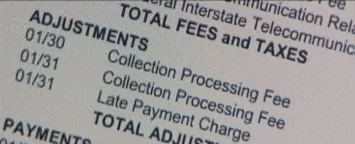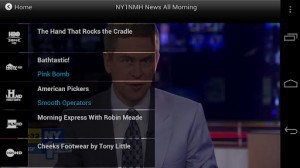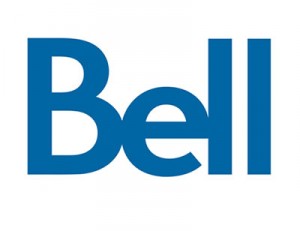 Bright House Networks charges a $20 “collection processing fee” when the cable operator calls customers to remind them they have a past due balance. The fee, charged in addition to the company’s traditional “late charge,” has some Bright House customers upset.
Bright House Networks charges a $20 “collection processing fee” when the cable operator calls customers to remind them they have a past due balance. The fee, charged in addition to the company’s traditional “late charge,” has some Bright House customers upset.
The cable company explains the $20 “collection fee” is levied when a customer is two months past due and represents the costs of contacting the customer and “paperwork” inside Bright House’s offices. But some customers consider it gouging, especially because they already pay a late fee.
Bright House Networks’ Residential Services Agreement implies a “collection fee” may only be charged when the company dispatches a representative to your home to request/collect payment for a past due amount (underlining ours):
If my Services account is past due and BHN sends a collector to my premises, a field collection fee may be charged. The current field collection fee is on the price list or can be provided on request. I will also be responsible for all other expenses (including reasonable attorneys’ fees and costs) incurred by BHN in collecting any amounts due under this Agreement and not paid by me.
It also appears the “collection fee” has been a part of the Bright House experience since at least 2009. We found one customer from Ocoee, Fla. complaining Bright House was charging a $20 “collection fee” for cable service billed at less than $21 a month.
If you have been charged both past-due and collection fees by Bright House, ask them to waive the fees. We found several customers who successfully requested the company forgive one or both charges when an account is brought up to date.
Customers having trouble paying Bright House should consider dropping services to lower the bill or negotiate for a retention deal. Customers threatening to switch to the competition are often able to secure a substantially lower price for service.
Bright House’s reasons for charging the $20 fee seem dubious to us, unless the company actually dispatches an employee to a customer’s home to seek payment. But then we’d find it difficult to recommend any company that would send an employee to visit a customer’s home demanding money. Cutting off service to deadbeat customers is often effective enough to prompt a payment arrangement.
[flv width=”360″ height=”290″]http://www.phillipdampier.com/video/WOFL Orlando BrightHouse Late Fees 4-12-12.mp4[/flv]
WOFL in Orlando covers the case of one late-paying Seminole County man who is annoyed Bright House charges him $20 to let him know he is past due. (2 minutes)
[Updated 3:59pm ET 4/19 — A Bright House representative reached out to emphasize the cable company charges a $20 collection fee only after not receiving payment for two months. A collections agent is physically sent to the address to give notice of possible termination and at that time a collections fee is billed. The company denies it bills this fee when calling customers to inquire about a payment. This seems in keeping with the company’s residential customer agreement, quoted above. We appreciate the additional information and are happy to pass it on to our readers.]


 Subscribe
Subscribe






